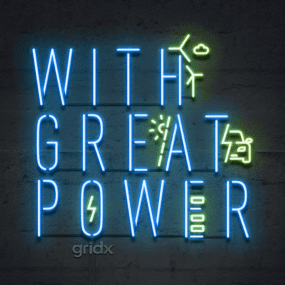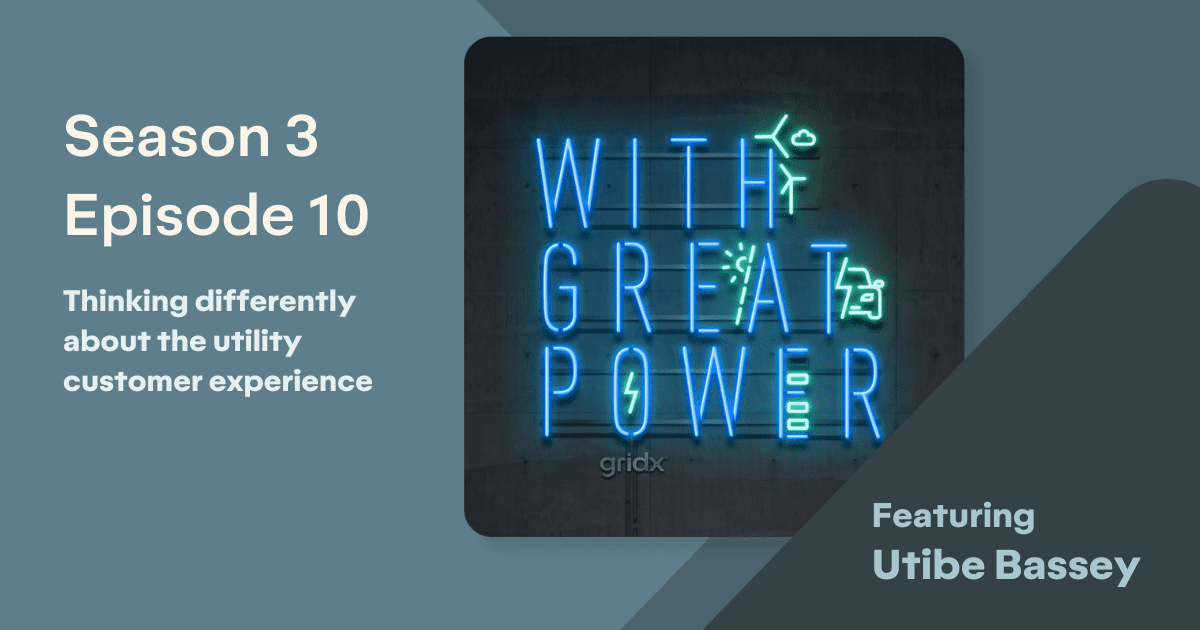How PG&E is using batteries to improve service
Heather Rock talks about PG&E’s latest efforts to build resiliency and address bottlenecks.

Building permitting delays are a constant complaint among developers, particularly in housing-strapped parts of California. And once those buildings are finished, they often face another snag: getting hooked up to the grid.
Long queues for power have cost San Francisco almost $35 million, partly because of a transformer shortage. Last year, California state senator Scott Wiener introduced a bill that would have forced utilities to connect new residential and commercial developments to the grid promptly after they’re permitted — or pay fines. The bill failed.
Meanwhile, many are frustrated by long interconnection waits, particularly in some rural parts of the state. In Northern California’s Humboldt County, transmission capacity limits and load growth have created severe bottlenecks for developers. In 2022, Pacific Gas & Electric (PG&E) said it could take a decade to build enough capacity to meet demand for new housing and commercial facilities, pointing to an uptick in energy demands from the cannabis industry as one stressor on the region’s grid.
But PG&E eventually landed on a creative solution to capacity limits in Humboldt County, which it traced to a constrained 49-mile distribution line in the southern part of the county.
“We needed to find some innovative solutions to meet customer needs on the timeline that they need. The old way would have been a $90 million upgrade,” explained Heather Rock, senior director of strategy at PG&E, on the With Great Power podcast. But in this case, the utility’s innovation team “took a hard look and thought about things in a different, and I’d say in a breakthrough, way,” she said.
Rather than reconductoring the line, PG&E will install three Tesla Megapacks, modified for what it calls a “semi-temporary mobile deployment,” in a facility near the end of the 49-mile circuit that it normally uses for backup generation.
“If we just install these batteries, then we’re going to manage the voltage issue, and a $90 million project quickly became a $10 million project,” said Rock. “So an amazing example of using technology and new ways of thinking to come up with projects that will…get capacity needs served for our customers, but also at a lower cost.”
The batteries will serve as both a release valve and a reserve of energy for the line. PG&E is developing specialized engineering processes based on the project, which will allow it to standardize the solution for transmission elsewhere in its service area.
PG&E anticipates construction and testing will be completed by the end of 2024, enabling new loads to begin connecting in 2025. That’s six years faster than a reconductoring project would take — and it should come in at one-tenth of the cost.
Storage is becoming a critical piece of grid operations. In California’s Monterey County, PG&E collaborated with Vistra to install Megapacks at an old natural gas power plant called Moss Landing, creating what is considered the world’s largest lithium-ion battery energy storage system, at 3,000 MWh. And last year, in the wildfire-prone foothills of the Sierra Nevada mountains, PG&E paired a mobile Megapack with existing solar arrays in the town of Foresthill to create a microgrid.
PG&E’s plans in Humboldt show how batteries and grid-enhancing technologies can lower costs and shorten timelines to address acute energy needs in a specific service area, something the Department of Energy called for more of in its latest liftoff report.
Heather Rock says the utility is putting more effort into replicating this creative approach.
“We’ve actually set up a team with folks who worked on this project to say, okay…how do we do this so that every engineering decision and every planning decision asks a different set of questions about how we’re going to meet our energy needs?” she said.
For the full conversation with Heather Rock, listen to her interview on season 3 of With Great Power: here or wherever you get your podcasts.
Read the original article by Latitude Media here.




